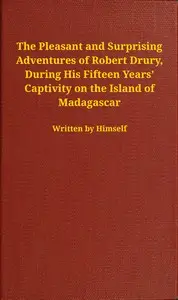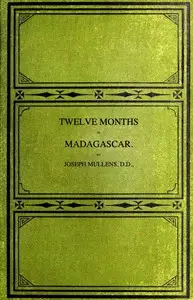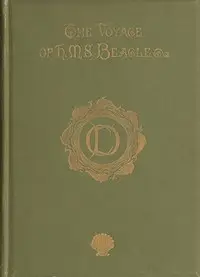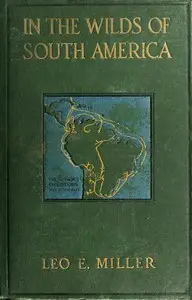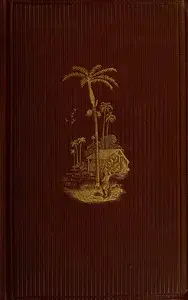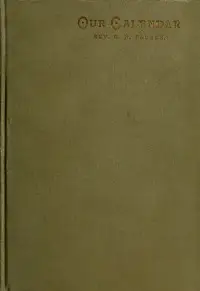"A Naturalist in Madagascar" by James Sibree is a scientific journal from the early 1900s. This book shares decades of observations about Madagascar's nature and people. Instead of traditional travel stories of adventure, the author wants to show the island's amazing animals, plants, and culture. He talks about arriving in Madagascar, facing its rough lands, studying wildlife, and learning about the customs and stories of the local people to give us a deep look into this special place.
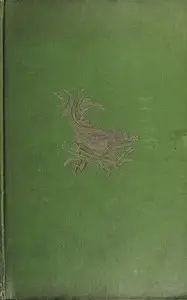
A naturalist in Madagascar A record of observation, experiences, and impressions made during a period of over fifty years' intimate association with the natives and study of the animal & vegetable life of the island
By James Sibree
Embark on a journey to an exotic island where vibrant wildlife and rich cultural traditions intertwine through the eyes of a dedicated naturalist.
Summary
About the AuthorJames Sibree (1836–1929) was an English missionary in Madagascar with an interest in the natural history and cultural history of the island. He was a contemporary of the French naturalist Alfred Grandidier and wrote detailed books about the flora and fauna of Madagascar, the country's general history, and the mission history on the island. He also helped revise the Malagasy Bible and wrote several works in the Malagasy language. He was a vocal advocate of Malagasy independence prior to the French invasion of Madagascar in 1895. Sibree also designed and helped build almost 100 new mission buildings and 50 churches in Madagascar. He was a fellow of the Royal Geographical Society and earned an honorary degree from the University of St Andrews. Swiss zoologist Charles Immanuel Forsyth Major named Sibree's dwarf lemur after him in 1896.
James Sibree (1836–1929) was an English missionary in Madagascar with an interest in the natural history and cultural history of the island. He was a contemporary of the French naturalist Alfred Grandidier and wrote detailed books about the flora and fauna of Madagascar, the country's general history, and the mission history on the island. He also helped revise the Malagasy Bible and wrote several works in the Malagasy language. He was a vocal advocate of Malagasy independence prior to the French invasion of Madagascar in 1895. Sibree also designed and helped build almost 100 new mission buildings and 50 churches in Madagascar. He was a fellow of the Royal Geographical Society and earned an honorary degree from the University of St Andrews. Swiss zoologist Charles Immanuel Forsyth Major named Sibree's dwarf lemur after him in 1896.

